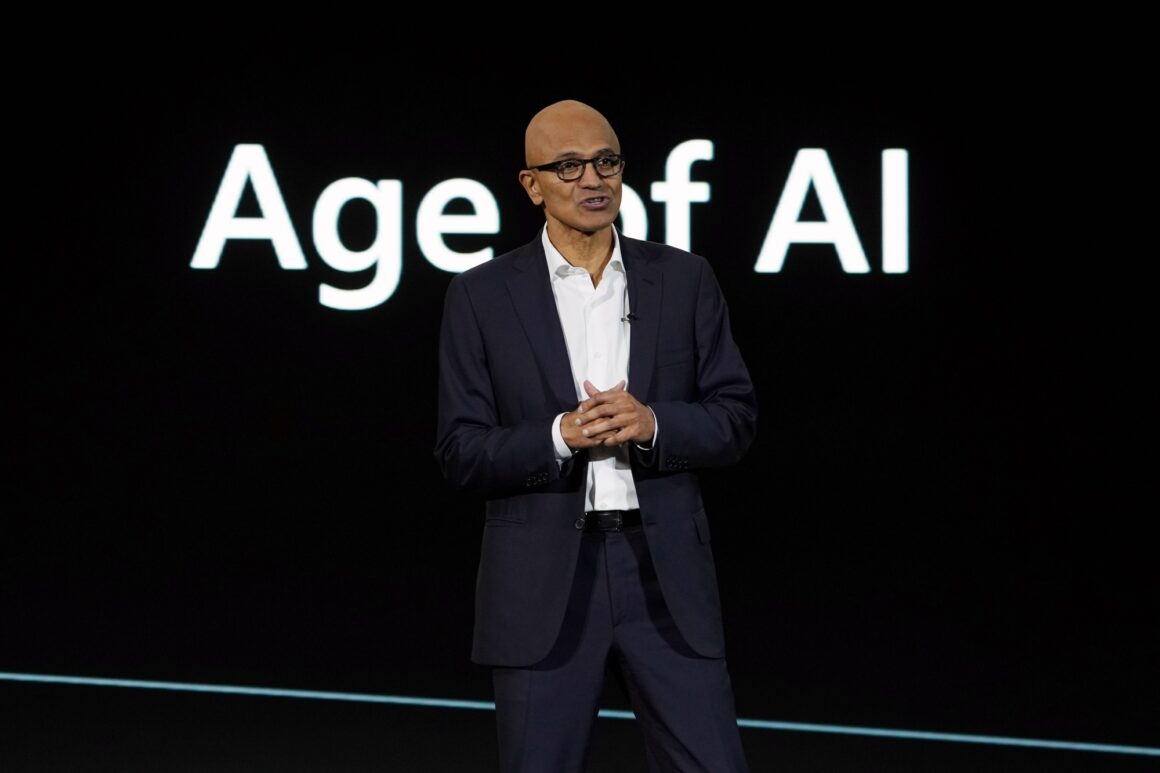- Microsoft invests in its AI capabilities despite an extensive partnership with OpenAI.
- CEO Satya Nadella focuses on diversification, indicating a move towards self-reliance in AI technologies.
- Kevin Scott, Microsoft’s CTO, revealed the development of the MAI-1 model to compete with industry leaders.
When Microsoft invested heavily in OpenAI, it wasn’t just about financial stakes; it was also about securing technological prowess. CEO Satya Nadella, known for his forward-thinking approach, directed investments exceeding $10 billion into OpenAI to not just collaborate but also to competitively position Microsoft in the evolving AI landscape. This move was part of a broader strategy to diversify Microsoft’s portfolio, which historically relied heavily on its Windows operating system.
Despite this collaboration, Microsoft did not put all its technological eggs in one basket. Recognizing the limitations and potential risks of depending solely on external advancements, Microsoft began developing its own AI technology, the MAI-1 model. This initiative was propelled by the insights from internal emails and discussions that highlighted the rapid advancements by competitors like Google and OpenAI in language processing technologies.
The drive to develop in-house AI solutions reflects Nadella’s strategic foresight. Microsoft’s AI pursuits are not just about keeping pace with competitors but also about ensuring autonomy and readiness against any unforeseen shifts in partnerships. This dual strategy of collaboration and internal innovation could be critical as AI technologies continue to evolve rapidly and unpredictably, with corporate alliances and competitive dynamics in constant flux.







